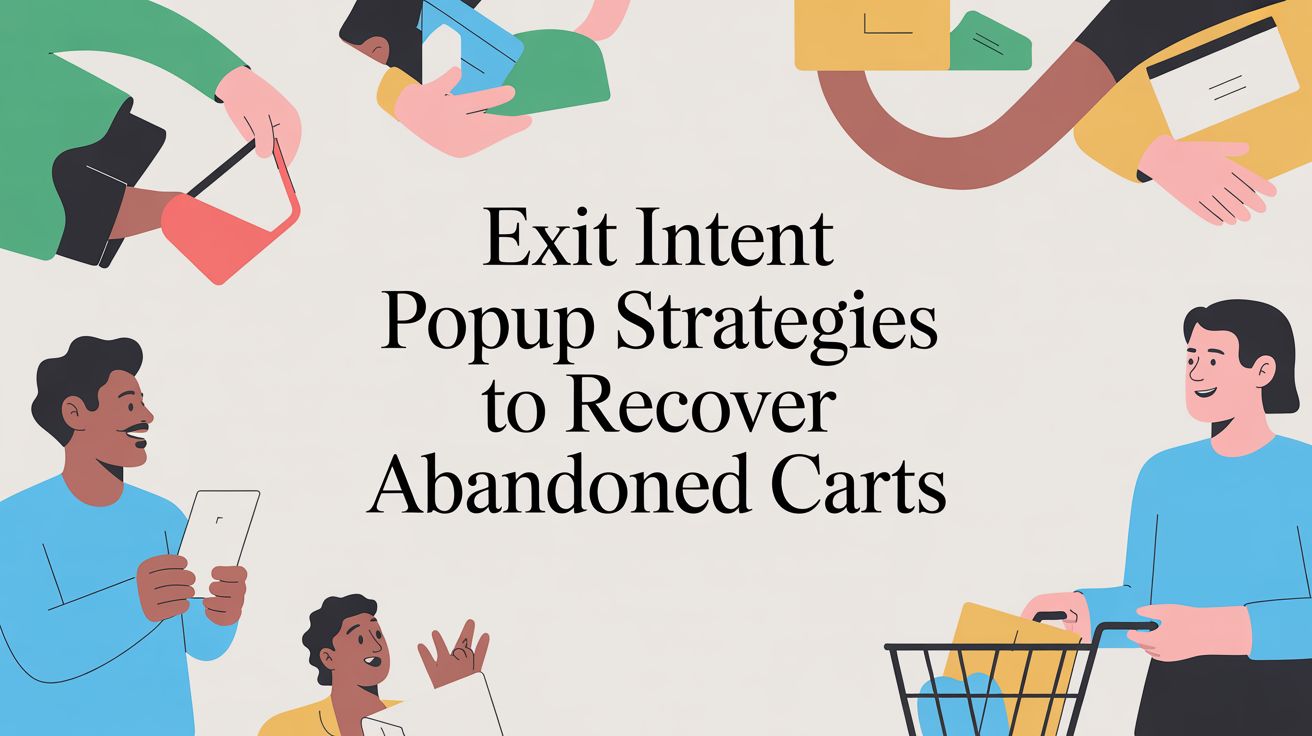
Marketing psychology: Your comprehensive guide to social proof

Have you ever found yourself interacting with a product or brand based on the actions of others? This might look like buying a product after seeing great reviews or opting for a different item if the reception from other customers isn’t good.
Experiences like these are closely related to social proof, a psychological principle and consumer marketing tool. Through this comprehensive guide, you’ll learn more about what social proof is and how beneficial it can be for your brand.
Here’s what we’ll discuss:
2. The root of social proof: Where it stems from
3. What social proof means for your brand: The benefits
4. Common tactics: Types of social proof
5. Social proof in action: Brand examples
What is social proof?
To properly define social proof, we must defer to Robert Cialdini, a social psychologist who coined the term in 1984. One of the key principles of persuasion, social proof is the idea that individuals determine appropriate behavior for themselves in a situation by examining the behavior of others involved, especially if others involved are similar to them.
The root of social proof: Where it stems from
In its most basic form, social proof is the idea that people are heavily influenced by the majority’s opinion. That opinion is at its strongest when paired with trust, reliability and credibility — the cornerstones of influence and the root of social proof.
Consumers are faced with a number of decisions during their journey and they use social proof to help in that decision-making process.
(Learn more about the foundation of social proof.)
What social proof means for your brand: The benefits
Humans are reliant on other humans. As we’re making decisions, we look to those around us to make sure we’re making the best decisions possible.
Social proof and its tactics assist consumers in making safe choices. They also help to simplify the journey. When consumers have reviews or a best-seller section to look at, they can easily move forward with or eliminate products based on the ratings.
(Learn more about the benefits of social proof.)
Common tactics: Types of social proof
Social proof can come in many different forms. Here are a few of the common ways it comes through in marketing:
Testimonials
The review or testimonial section on your website is something of a “one-stop shop” for any customers looking to get information about your products or services. They can easily gain more insight straight from customers who have experienced your brand for themselves.
Referrals
If there’s anyone we as humans trust to recommend a product or service, it’s most likely someone we know. This is the power of referrals and their connection to social proof.
Many of the people your consumers interact with have similar interests to theirs, so referrals hold weight.
Best sellers
Social proof can also come from those consumers do not know. When they're trying out a brand or product for the first time, the items in your best-seller section can feel like safe purchases because other customers have already vouched for them.
Influencer marketing
Social media is a prime platform for uncovering new information and following what the people in your consumers' networks are up to. When consumers are interested in following certain influencers, the products and services those influencers support become all the more attractive.
(Learn more about the social proof / psychology behind influencer marketing.)
Purchase recommendations
Let’s say a customer doesn’t know what items they should purchase. A small pop-up at the bottom or top of their screen (that doesn’t interfere with what they’re currently looking at) may pique their interest and convince them to check out that item — especially if that recommendation is made based on the purchases of others.
When deliberating on buying something, seeing other shoppers that are confident in their purchase decisions can push a hesitant customer to fully commit and complete the checkout process.
Awards
Your ability to win awards shows consumers that you are a top contender with award-worthy products and services. They can trust that you’re able to meet not only their standards, but the standards of industry officials.
Expert endorsements
Picking a brand to support is much easier when you know that experts are backing it. When a customer sees experts support a product, they trust that those experts are using their knowledge (and morals) to do so. Considering that experts often know more than the average person, it allows the customer to relax and feel confident in their decision to purchase from you.
(Learn more about social proof tactics for B2C brands.)
Social proof in action: Brand examples
Social proof is most regularly showcased by consumers’ reliance on reviews, word-of-mouth and other tactics, like those above, for determining the general consensus of a brand or product. Here are just a few top brands that have put this psychology into action:
Five Guys
The giant burger chain originally started out as a hole-in-the wall type restaurant in Northern Virginia, relying on high-quality ingredients and brand advocates to bring in more hungry customers. Five Guys continues to leverage social proof in its brick-and-mortar locations by covering the walls with copies of numerous awards, product reviews and articles.
Red Bull
Hoping to create some buzz around their energy drinks in the late '80s, Red Bull placed empty cans in trash cans and outside of London nightclubs. Why? To convince partygoers and the general public that the product was a hit. If people saw empty cans everywhere they could only assume one thing: Everyone must be drinking Red Bull.
Zappos
When Zappos made its debut in 1999, the online shoe retailer made the decision to focus its effort on creating a well-thought out customer experience instead of putting money toward advertising. They did so knowing that if they put their customers first, that choice would pay off in the long run.
They were right. By treating their customers well, their customers were inclined to return the favor. Zappo’s could count on their customers to repeatedly shop with them and spread the word about their great brand practices (some examples include buying a customer flowers after the death of a loved one and staying on a service call for nearly six hours while a customer shopped for items).
Chipotle
Chipotle’s values are largely based around using the best ingredients possible and giving back to the planet in exchange for its resources. Both causes are important to the Chipotle customer base, and the brand uses its brand messaging, digital marketing and video production to highlight these matters and get customers talking about them.
In-N-Out
In-N-Out is constantly praised for their burgers and fries, but it’s the menu items that aren’t regularly advertised that have people talking. Selections like their “Animal Style” and “3X3” burgers are part of In-N-Out’s secret menu, a brand response to the various out-of-the-box meal combinations loyal customers have requested. Because these items aren’t shown on a marquee or promoted in commercials, consumers only know they exist if a regular customer fills them in on the big secret.
(Learn more about popular brands using social proof.)
Using social proof in your marketing campaigns is one way of better understanding consumer psychology and tailoring your content to the needs of your customers.

Lindsay Keener is a brand journalist for Quikly. She covers stories that help to inform and educate consumer-facing marketers.

